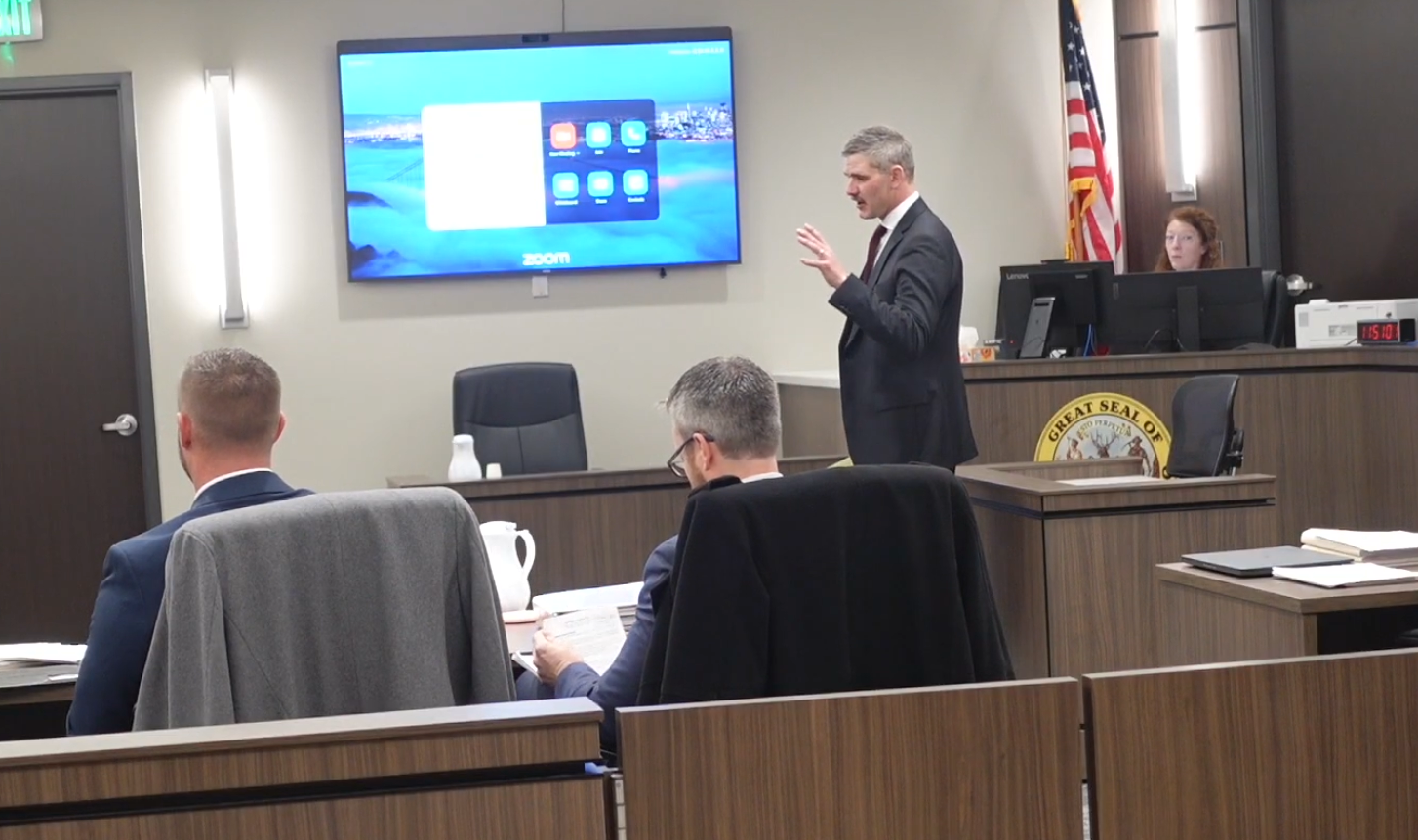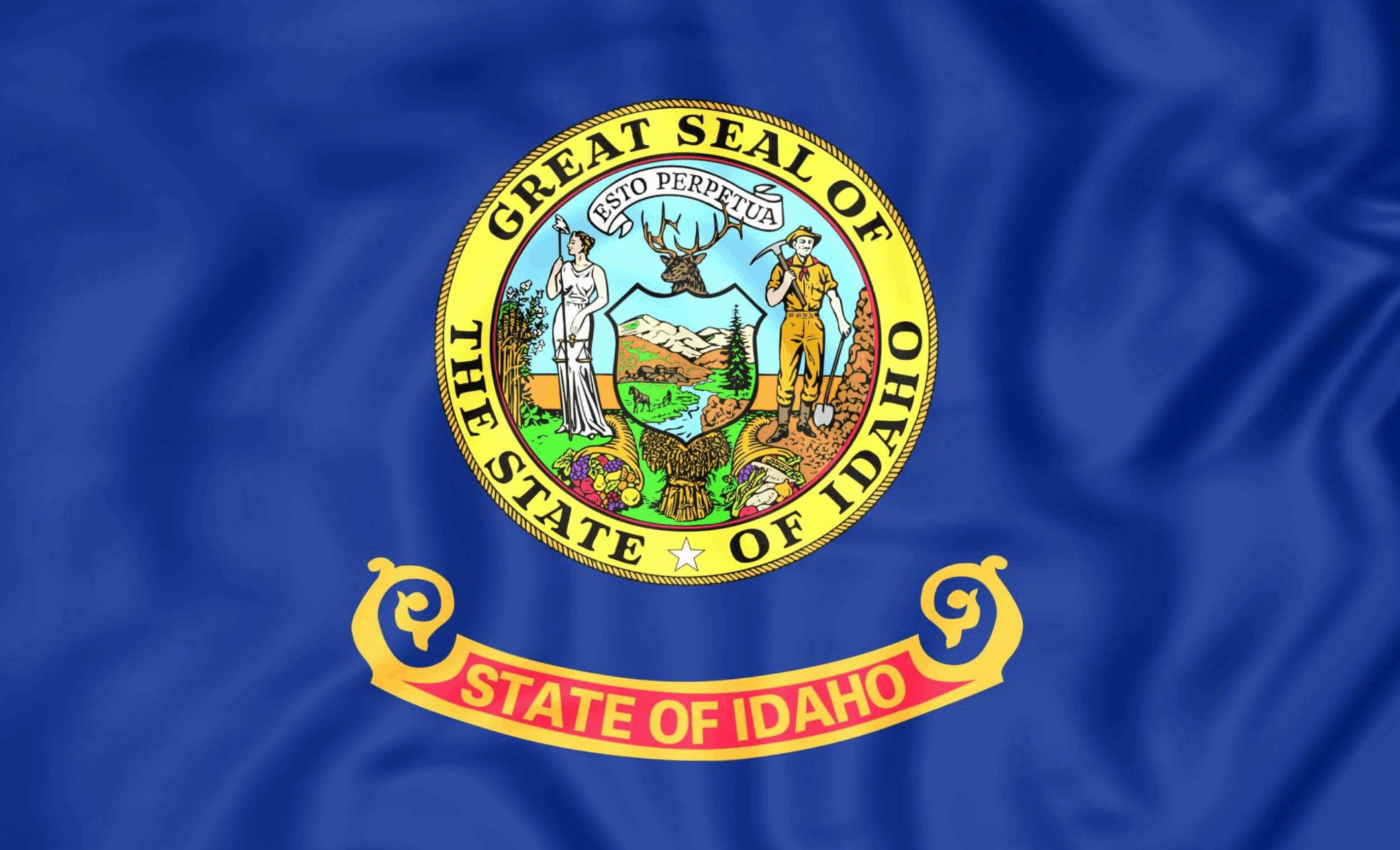Politics & Common Sense — Column by John Spencer
In the heat of World War II, America was forced to answer a terrifying question: Could we outbuild tyranny? The answer came in the form of a roaring engine, a polished airframe, and a plant that defied the limits of time and space—Willow Run.
Nestled between Ypsilanti Township and Belleville, Michigan, the Willow Run manufacturing facility was nothing short of a miracle. Built by the Ford Motor Company, construction began in 1940 and was completed in 1942. The goal? To mass-produce the B-24 Liberator bomber, a complex, heavy aircraft that had previously been assembled only by hand and in small batches.
Before Willow Run, building one B-24 took roughly a month. With Ford’s engineering prowess and a clear national mission, that changed overnight. At its peak, Willow Run produced one bomber every 63 minutes—a stunning achievement never before seen in military aviation. Over the course of the war, the plant rolled out nearly 8,685 B-24s, becoming the single largest bomber factory in the world. At its height, it employed over 42,000 workers, many of whom were trained on-site—ordinary Americans given extraordinary purpose.
It wasn’t just an industrial feat; it was a cultural shift. Men and women from every walk of life learned to rivet, weld, and machine. They showed up not just to earn a paycheck, but to contribute to something greater. It was innovation, mobilization, and patriotism fused into one.
But here’s the bigger lesson: Willow Run succeeded because of partnership. It was not government working alone, nor was it private business acting in a vacuum. It was a strategic alliance between the Ford Motor Company and the U.S. government. Bureaucracy took a backseat, and results took the wheel.
Today, America faces a different kind of war. It’s not fought with bombers and bullets, but with supply chains, labor shortages, and a fragile economy that relies too heavily on foreign production. We have outsourced not just manufacturing, but our confidence.
Under the leadership of President Donald Trump, a renewed commitment to reshoring American manufacturing is finally taking center stage. The COVID-19 pandemic shattered any illusions we had about the stability of global supply chains. It exposed our dangerous dependence on foreign powers like China, Taiwan, and South Korea for critical goods—from semiconductors to medical supplies. This isn’t just an economic liability—it’s a national security threat.
Are tariffs necessary? Absolutely. But tariffs alone aren’t enough. What’s also needed is a serious push for major U.S. companies to reinvest here at home, creating jobs, training workers, and rebuilding the industrial core of this nation.
The good news? We’ve done it before. We know how. The blueprint for American manufacturing dominance already exists. It’s etched into the concrete floors and steel rafters of Willow Run—where a nation rallied, partnered with industry, and outproduced evil.
And while the story of Willow Run is national in scope, the heartbeat of American resilience lives right here—in North Idaho.
Across our towns, from Coeur d’Alene to Sandpoint, you’ll find a new generation of builders. Not of bombers, but of businesses. Local machine shops, software startups, independent manufacturers, tradespeople, builders, and agricultural innovators—these are the Willow Runs of our time and all need our support and confidence.
In Kootenai County alone, hundreds of small businesses have sprouted in the last decade, many of them family-run or veteran and first-responder-owned. These are entrepreneurs who aren’t waiting on Washington to solve problems. They’re doing what Americans have always done when the chips are down—they’re making things, training people, and forging ahead.
It is my opinion that what is needed now is what Willow Run had then—vision, investment, and partnership. If state and federal leaders truly want to restore the American middle class, then small towns like ours should be the focus.
Let us not forget that Willow Run was more than a plant back in 1942. It was a symbol. A proof point. A loud, unapologetic declaration that America, when united in purpose, can outbuild, outproduce, and outlast any challenge thrown our way. We need to bring our manufacturing home.
As we walk into an uncertain economic future, let us do so with the legacy of Willow Run in mind—not as nostalgia, but as a call to action. Let our generation be known not for what we lost, but for what we built. Right here. Right now.
Because history does not belong solely to those who came before—it belongs to those who carry it forward.
Interested in the story? Watch the excellent video on the Story of Willow Run produced by Ford and listed under PeriscopeFilm.com or available on YouTube.










